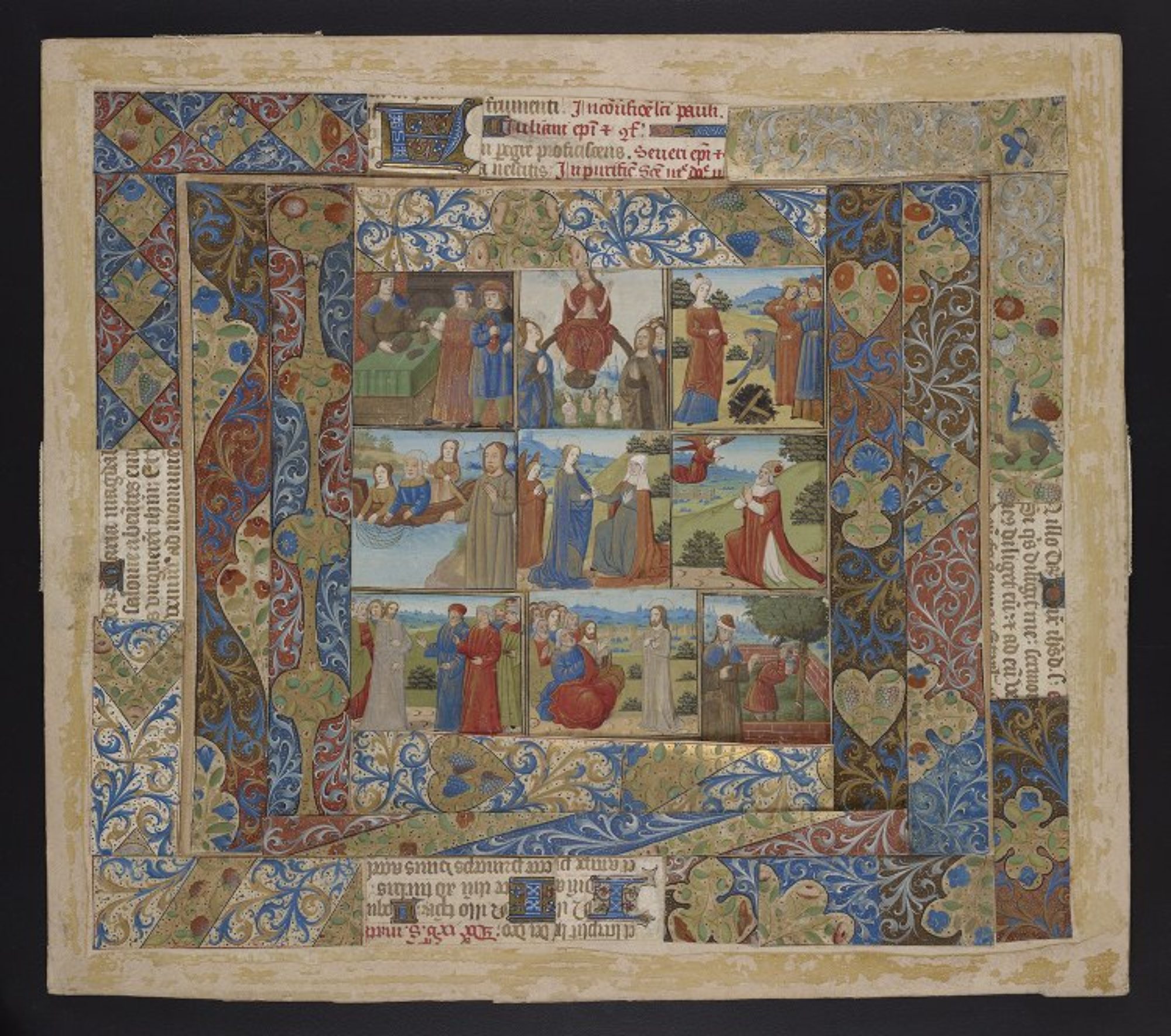This week I participated in a workshop organized by the Collections as Data project at the annual meeting of the American Historical Association in Washington, DC. The session was organized by Stewart Varner and Laurie Allen, who introduced the session, and the other participants were Clifford Anderson and Alex Galarza.
The stated aim of the session was “to spark conversations about using emerging digital approaches to study cultural heritage collections,” (I’ll copy the full workshop description at the end of this post) but all of our presentations ended up focusing on the labor involved in developing our projects. This was not planned, but it was good, and also interesting that all of us independently came to this conclusion.
Clifford’s presentation was about work being done by the Scholarly Communications team at Vanderbilt University Libraries as they convert data from legacy projects (which have tended to be purpose built, siloed, and bespoke) into more tractable, reusable open data, and Alex told us about the GAM Digital Archive Project, which is digitizing materials related to human rights violations in Guatemala. Both Clifford and Alex stressed the amount of time and effort it takes to do the work behind their projects. The audience was mainly history faculty and maybe a few graduate students, and I expect they, like me, wanted to make sure the audience understood that the issue of where data comes from is arguably more important than the existence of the data itself.
My own talk was about the University of Pennsylvania’s OPenn (Primary Digital Resources for Everyone), which if you know me you probably already know about. OPenn is the website in which the Kislak Center for Special Collections, Rare Books and Manuscripts publishes its digitized collections in the public domain, as well as hosting collections for many other institutions. This includes several libraries and archives around Philadelphia who are partners on the CLIR-funded Bibliotheca Philadelphiensis project (a collaboration with Lehigh University, the Free Library of Philadelphia, Penn, and the Philadelphia Area Consortium of Special Collections Libraries), which I always mention in talks these days (I’m a co-PI and much of the work of the project is being done at Penn). I also focused my talk on the labor of OPenn, mentioning the people involved and including slides on where the data in OPenn comes from, which I haven’t mentioned in a public talk before.
Ironically I ended up spending so much time talking about what OPenn is and how it works that I didn’t have time to show much of the data, or what you can do with it. But that ended up fitting the (unplanned) theme of the workshop, and the attendees seemed to appreciate it, so I consider it a success.
Here are my slides:
Workshop abstract (from this page):
The purpose of this workshop is to spark conversations about using emerging digital approaches to study cultural heritage collections. It will include a few demonstrations of history projects that make use of collection materials from galleries, libraries, archives, or museums (GLAM) in computational ways, or that address those materials as data. The group will also discuss a range of ways that historical collections can be transformed and creatively re-imagined as data. The workshop will include conversations about the ethical aspects of these kinds of transformations, as well as the potential avenues of exploration that are opened by historical materials treated as data. Part of an IMLS-funded National Digital Forum grant, this workshop will ultimately inform the development of recommendations that aim to support cultural heritage community efforts to make collections collections more readily amenable to computational use.
